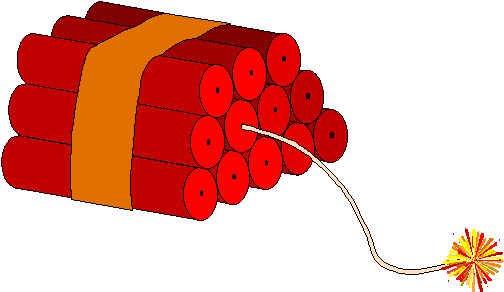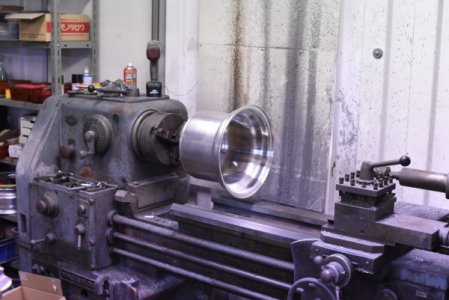I've read through the replies to your question which brings up more questions and a lot more questions to the suggestions. From a safety standpoint are you modifying the wheels for yourself or a customer. Liability,,,liability,,,liability! You're safety and wellbeing are important too. Taking the wheels apart isn't the difficult piece in all this. Reassembly is the more difficult task. I'm strong on the welding aspect of this and short on the maching side. 1). Taking the wheel apart can be done with abrasive wheels. There are plenty available designed for aluminum that don't load up and cut fast. 2) The safety factor of magnesium vs aluminum comes into play when you create dust and chips. Magnesium dust and chips create a fire hazard as already stated. It would be best to determine what you're working with before you start the process. 3). Moving past the machining portion of this and on to welding. If the wheels are magnesium they can be welded but are the new pieces aluminum or magnesium. You can't weld the two together. **Again, know what you're working with**. Based on the photos, the original welds were machine/automatic and the other (let's not call it a weld) was done by hand.
Based on your questions, I'm guessing you wish to do this by the most inexpensive method. Google welding magnesium, and there are quite a few links and a couple that have simple tests to determine the material you are working with. This would be a good place to start. If the wheels are aluminum, what's the alloy? You can get into trouble welding the wheels with the wrong filler metal. I'm guessing the wheels are aluminum base on the restrictions and hazards aof working with magnesium but the geographic location of the OEM does make a difference. Most wheel manufacturers have filler metals designed to match the alloy of the wheel and the assembly is done using the GMAW "Mig" process, but finding a match at your local welding supply house could be difficult. There are a few filler metal alloys suited for general purpose welding that will cover a range of alloys.
I think the probability of finding a machine shop to turn the pieces after you take the wheel apart would be easier and less expensive than finding someone with a 5-axis waterjet and the tooling to mount your wheels.
PS. Yes you can weld aluminum and magnesium together but the marriage will be annuled before the ink dries on the license.
Based on your questions, I'm guessing you wish to do this by the most inexpensive method. Google welding magnesium, and there are quite a few links and a couple that have simple tests to determine the material you are working with. This would be a good place to start. If the wheels are aluminum, what's the alloy? You can get into trouble welding the wheels with the wrong filler metal. I'm guessing the wheels are aluminum base on the restrictions and hazards aof working with magnesium but the geographic location of the OEM does make a difference. Most wheel manufacturers have filler metals designed to match the alloy of the wheel and the assembly is done using the GMAW "Mig" process, but finding a match at your local welding supply house could be difficult. There are a few filler metal alloys suited for general purpose welding that will cover a range of alloys.
I think the probability of finding a machine shop to turn the pieces after you take the wheel apart would be easier and less expensive than finding someone with a 5-axis waterjet and the tooling to mount your wheels.
PS. Yes you can weld aluminum and magnesium together but the marriage will be annuled before the ink dries on the license.


 Wreck said:
Wreck said:


